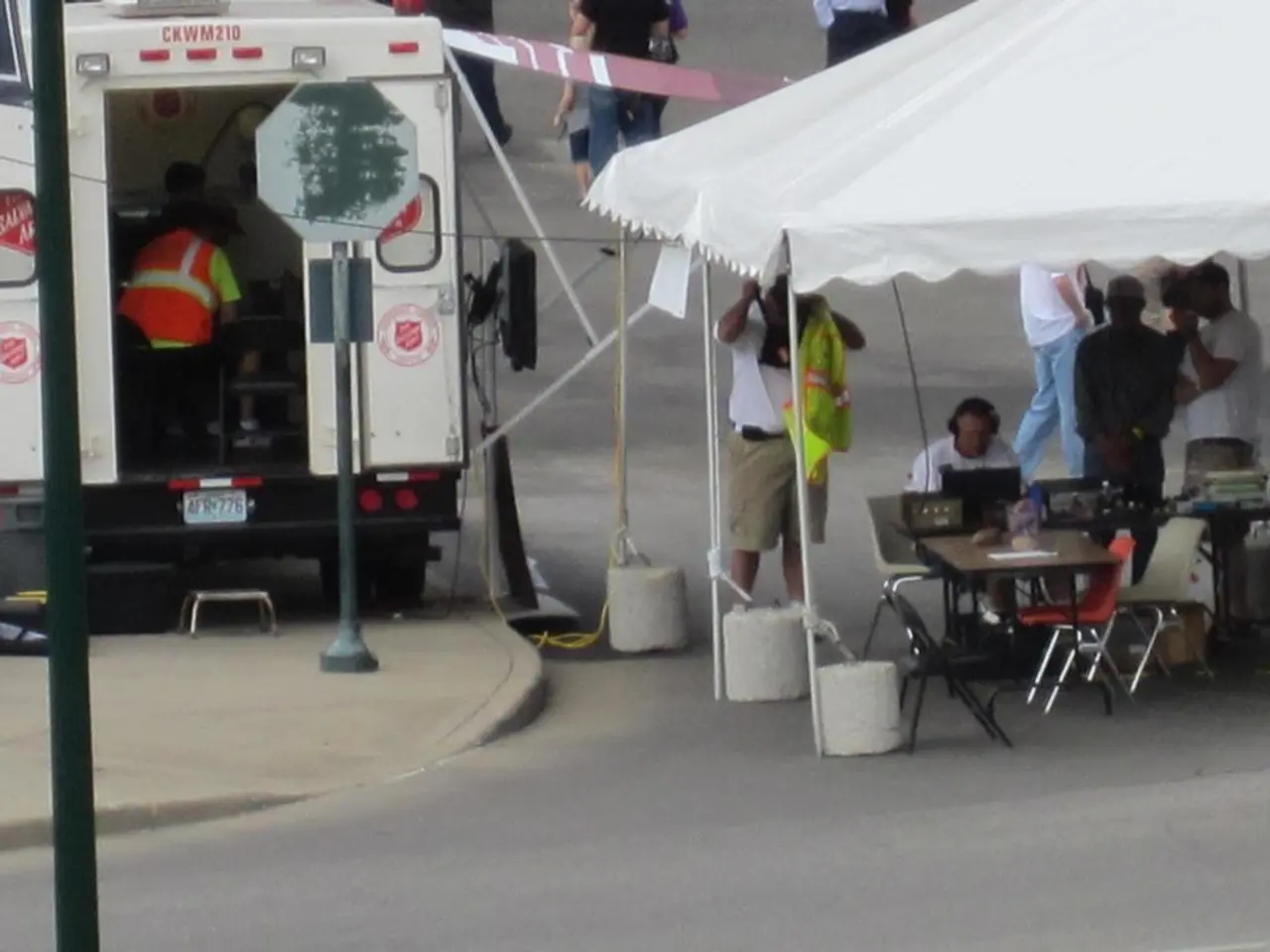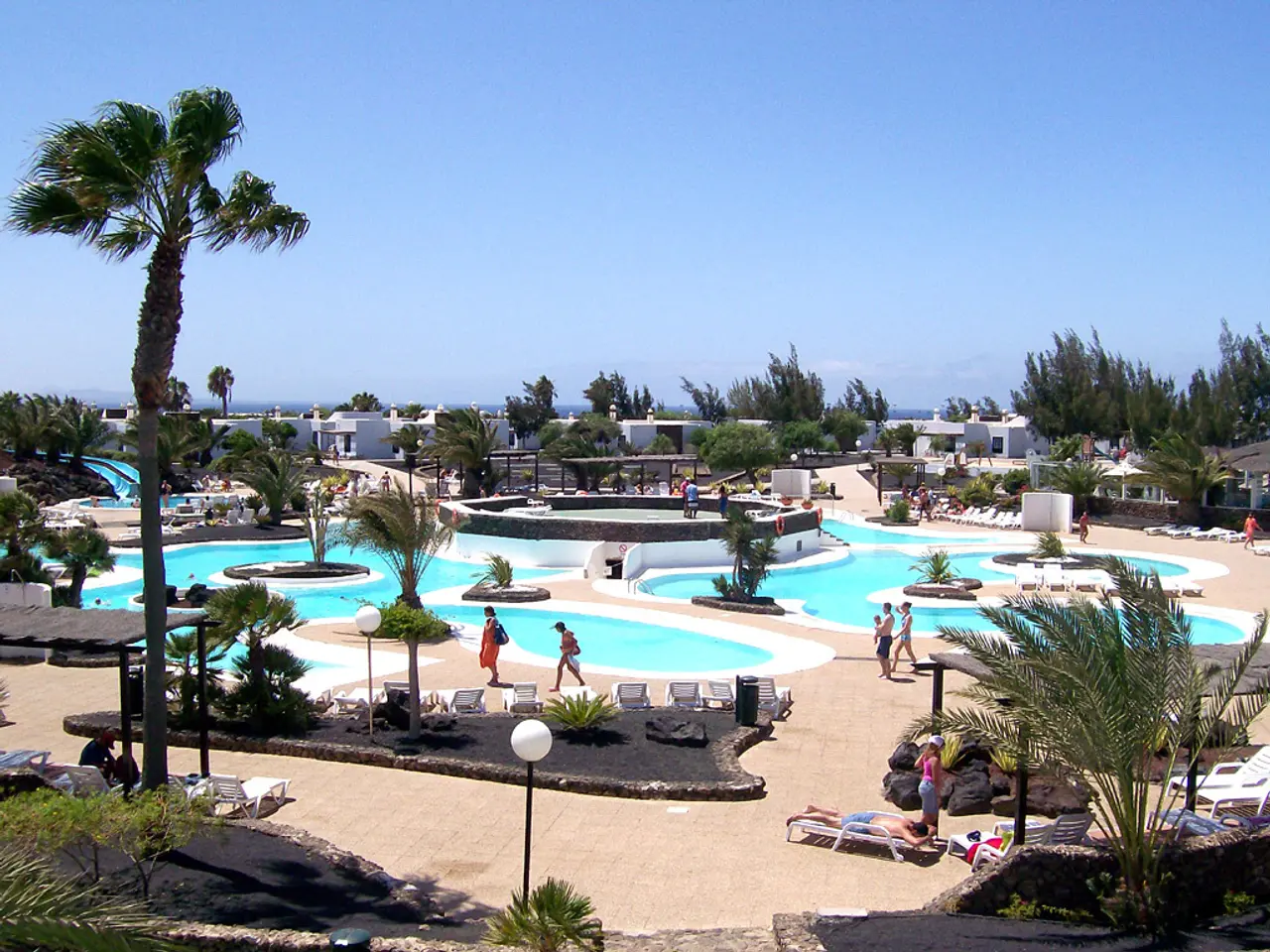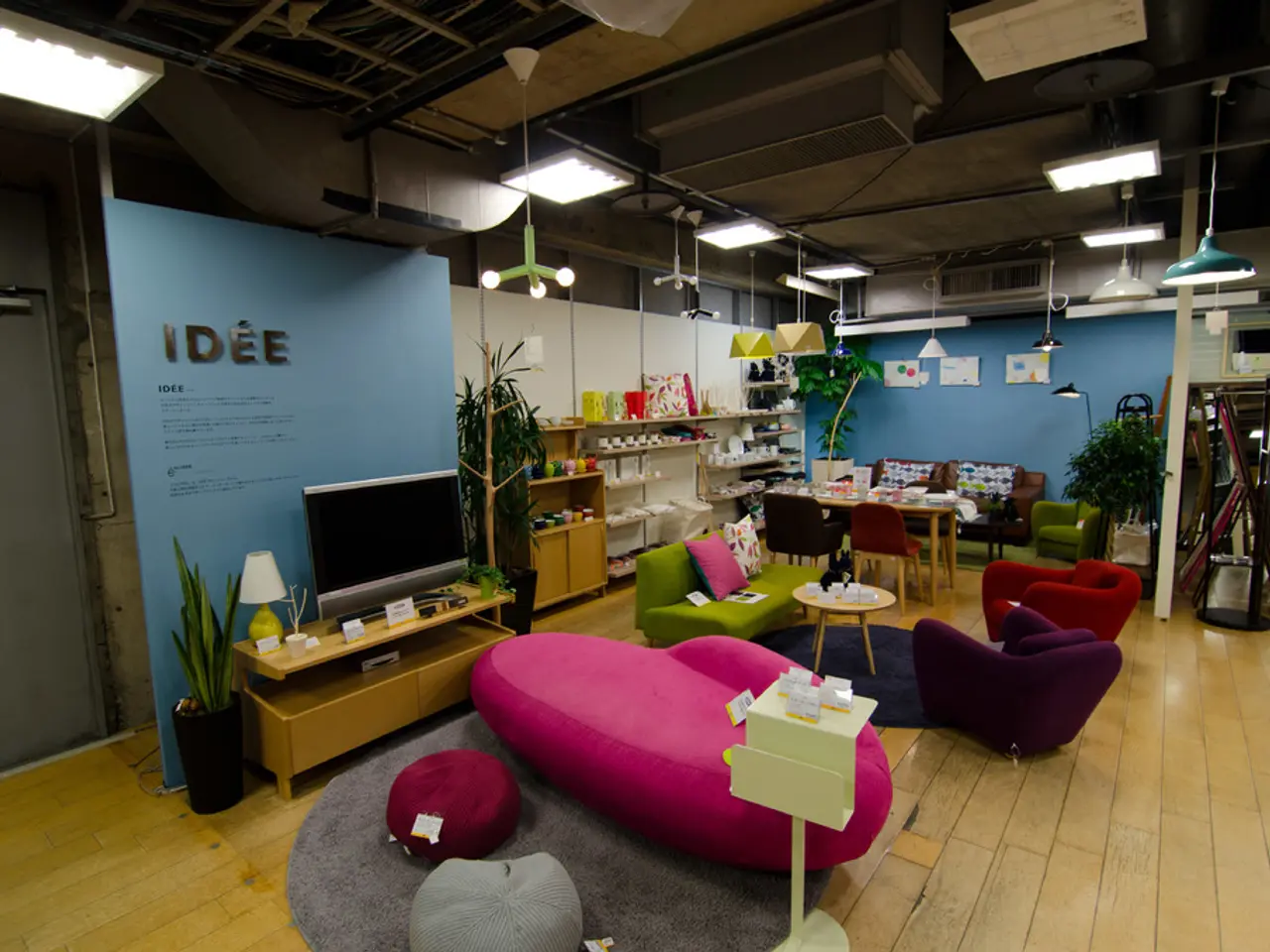Expectations for Festival Accessibility Among the Disabled Community
Improving Accessibility at Festivals: A Step Forward Towards Inclusion
Festivals, a vibrant celebration of music and culture, are becoming more inclusive for people with disabilities. This transformation is largely due to the efforts of festival organizers who are striving to make their events more accessible.
According to Daniel Schörghofer, a festival-goer with a mobility impairment, the restrooms for people with disabilities at festivals can still present structural challenges. However, Schörghofer is optimistic about the progress being made.
One significant improvement is the implementation of wheelchair platforms. These platforms, designed to comply with ADA guidelines, provide designated accessible viewing areas with enough space for mobility devices and companions. They are strategically placed on accessible routes throughout the venue, ensuring easy access for all. Access is typically granted by an accessibility wristband or pass, which allows the attendee plus one companion entry to viewing areas on a first-come, first-served basis.
Another key area of focus is accessible restrooms. Festivals are installing accessible toilets, including changing places units for those needing additional assistance, near main viewing areas. These restrooms are clearly marked with accessibility symbols, and staff are trained to manage access using wristbands or passes. A "Just Can’t Wait" (JCW) wristband or similar is offered for urgent restroom needs, helping attendants and staff prioritize support during peak times.
Festival organizers are also emphasizing the importance of effective disabled pass controls. An accessibility wristband or pass system, issued at an Access Center or Accessibility Hub on site, identifies patrons eligible for accommodations. This includes entry via ADA entry lanes, access to accessible viewing platforms, restroom services, and other assistance. These wristbands are typically non-transferable to prevent misuse.
Claudia Miler, a "Sensing Journey Expert" at the consulting firm myAbility, also commends the efforts being made by festival organizers. However, she raises concerns about the size of wheelchair platforms and the problem of non-disabled individuals posing as wheelchair users to get cheaper tickets.
Miler, who uses a wheelchair and loves visiting festivals, considers this practice an "ethical and moral disaster" as it reduces space for individuals who genuinely need wheelchairs. She encourages festival organizers to continue working on "clarifying security" and "information exchange with those affected" to address these issues.
Despite these challenges, both Schörghofer and Miler are pleased with the progress made by festival organizers. They acknowledge that organizers are ambitious but sometimes do not think things through. For instance, Schoerghofer sees room for improvement in the accessibility of restrooms for people with disabilities at festivals.
In conclusion, festivals are taking significant strides towards becoming more accessible for people with disabilities. By implementing well-designed wheelchair platforms, accessible restrooms, and effective disabled pass controls, festival organizers are promoting an inclusive design philosophy that benefits all attendees, disabled or not, by improving overall usability and comfort. As music connects festival-goers, it is essential that this connection extends to everyone, regardless of their abilities.
The home-and-garden of festivals, a place where music and culture thrive, is undergoing a transformation to cater to people with disabilities, promoting outdoor-living in an inclusive environment. This evolution includes creating accessible restrooms, such as changing places units and toilet facilities with clear markings, and installing wheelchair platforms that comply with ADA guidelines, offering designated viewing areas along accessible routes.




